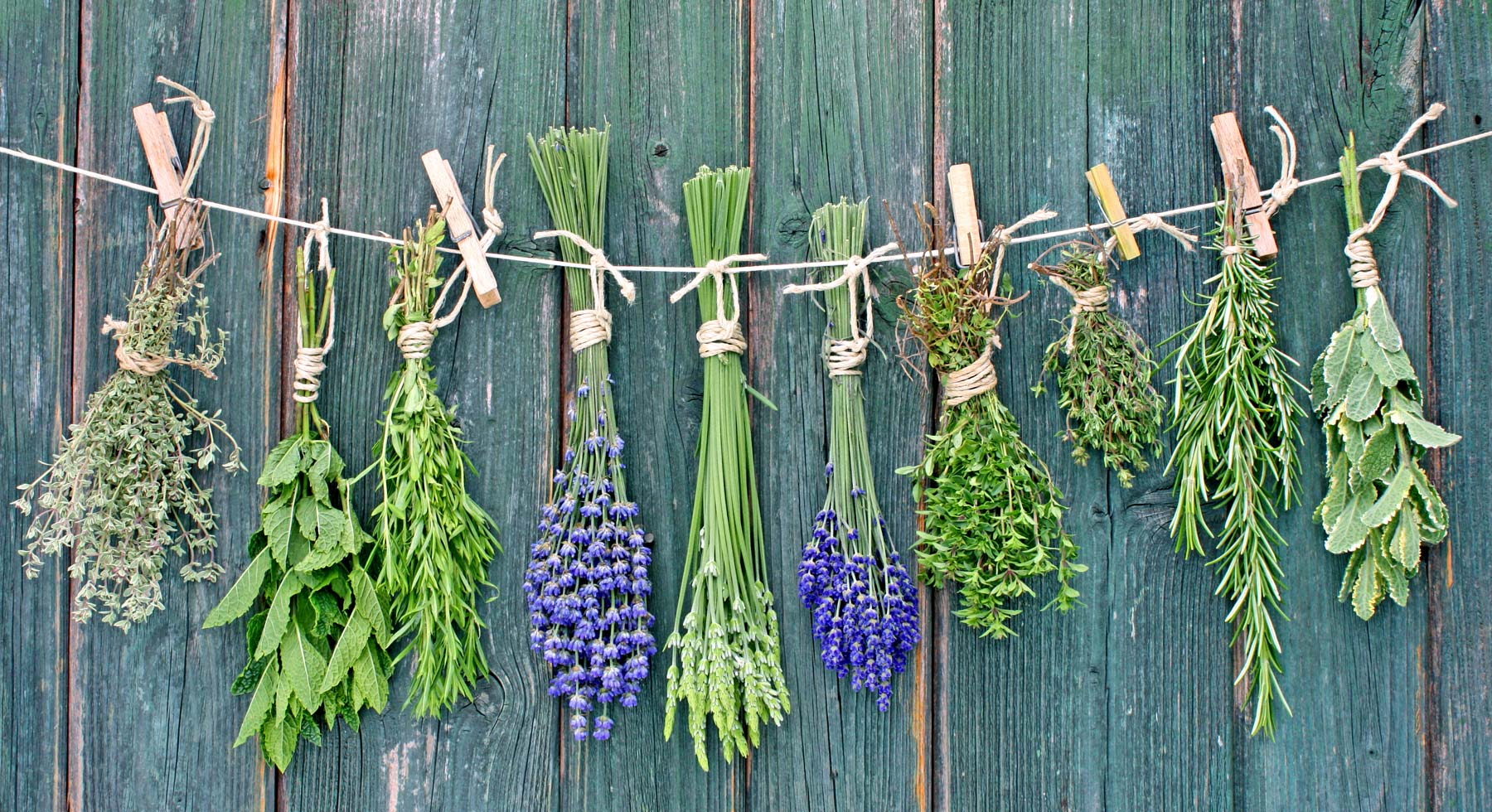
Store & Enjoy Your Produce
Tips & Tricks
To keep your produce at its best, follow these easy storage & handling instructions. We've included quick cooking tips to help when slow cooking isn't on the menu.

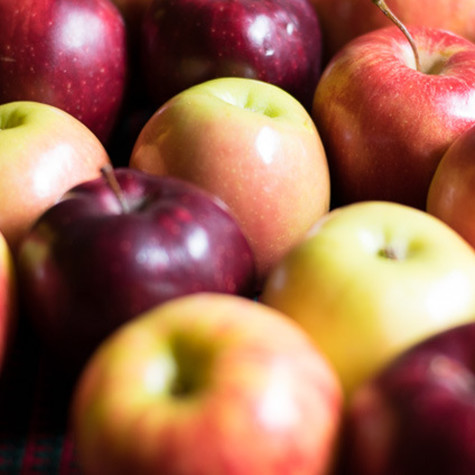
Apples
Apples keep longer when refrigerated in the crisper drawer. Keep away from other produce as apples produce ethylene, a ripening agent. Raw apples are great as a snack or sliced thinly and added to green salads. Some varieties of apples hold up better for baking than others. recipes »

Avocados
Avocados ripen quicker on the counter. Once ripened, it's best to store them in the fridge. With most avocados, you can tell they are ripe enough to eat if they have a slight give with a gentle squeeze. Mash avocado, add lemon juice, salt and pepper to make a simple guacamole. recipes »

Bananas
Bananas ripen best on the counter. The fridge will greatly slow down the ripening process and will turn the skins brown. Bananas freeze well. It's best to peel them before freezing. Frozen bananas are convenient for smoothies. Once thawed they can also be used for baking. recipes »
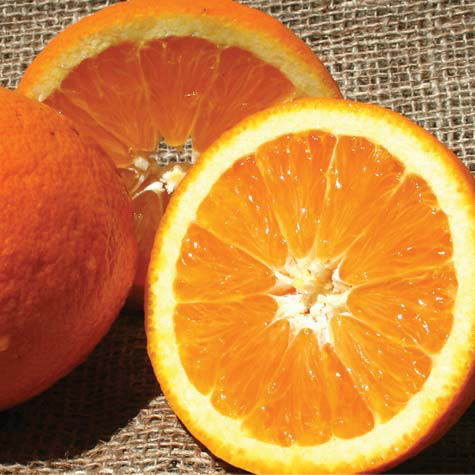
Citrus
The best way to store citrus is in the refrigerator. Wash before using. You'll find citrus to be juicier and sweeter if you return it to room temperature right before serving. Citrus juices, slices and zest are great additions to salad dressings, marinades, desserts and beverages. Leftover juice can easily be frozen in ice cube trays. recipes »
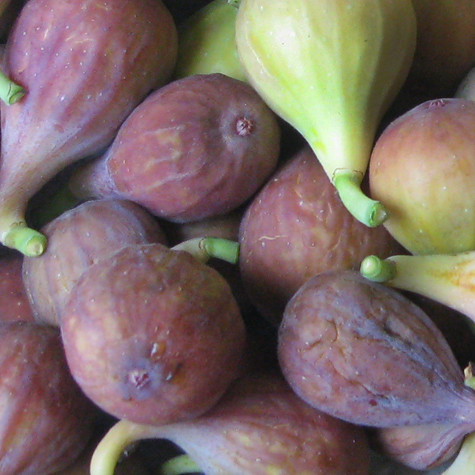
Figs
Fresh figs store best in a breathable container in an area in the fridge with good airflow. They're best served at room temp and are ready to eat when they feel mushy-but-firm, like a ripe avocado. They are perfect plain, with yogurt or drizzled with honey. They have a short shelf life, so eat them right away! recipes »
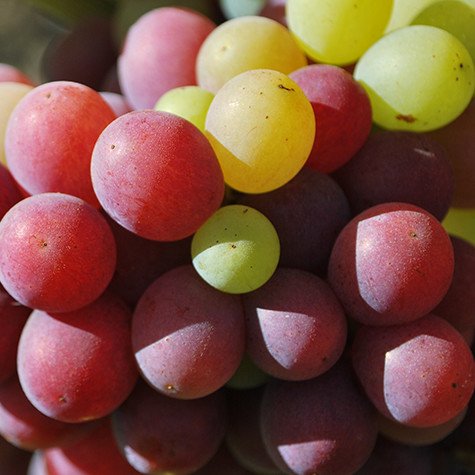
Grapes
Store unwashed in the crisper drawer of the fridge. Keep away from strong-smelling items like onion or garlic, as they can absorb aromas. Rinse just before using. Grapes make a great grab-and-go snack. Add to fruit salads, green salads or cheese trays. Try them frozen or roasted! recipes »
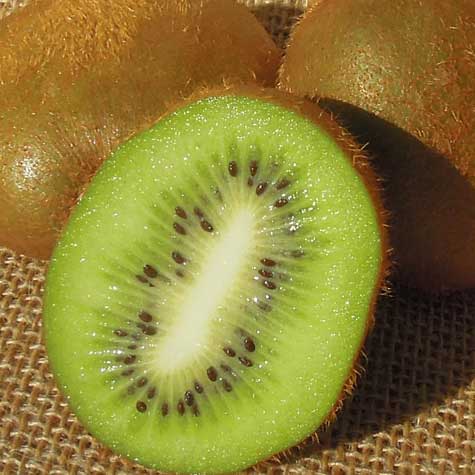
Kiwis
Ripen kiwis on the counter. Once the kiwi has a little “give” when pinched, it is ripe and should be kept in the fridge. The kiwi’s fuzzy peel is edible, but some prefer to remove the peel before eating. Enjoy kiwi in salads, mixed in yogurt, or as a fruit tart topping. recipes »
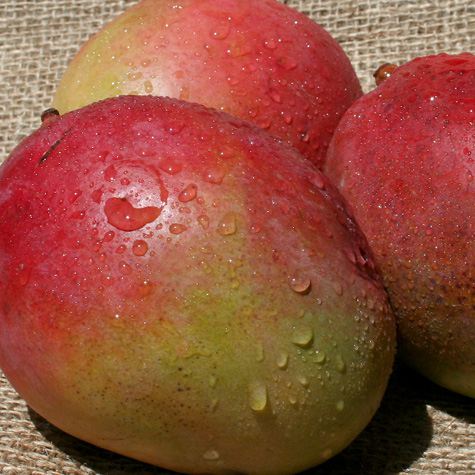
Mangoes
Ripen mangoes on the counter, then store in the fridge. Give it a slight squeeze, and when ripe, it should yield under gentle pressure - similar to an avocado. Carefully remove the fruit from the large flat seed that runs down the center by carving lenghtwise down each side. Enjoy in smoothies, salads, salsas or desserts. recipes »
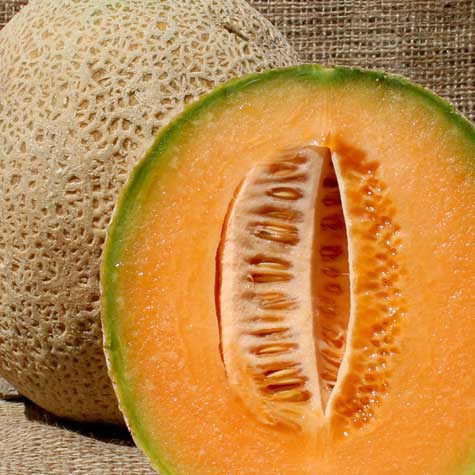
Melons
Let melon ripen on the counter in a cool, dry place. Once ripe, or after it's been cut, store in an airtight container the fridge. Wash thoroughly before cutting. Cut into wedges and serve with a sprinkle of salt (note: rinds are not edible). Add to fruit salad or make melon soup. recipes »
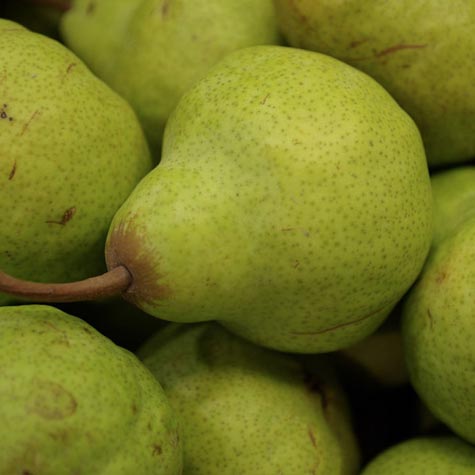
Pears
Leave pears on the counter to ripen. Ripe pears should be stored in the fridge until ready to eat. To test for ripeness, give it a slight squeeze and it should yield under gentle pressure. Pears are tasty plain, but can also make for an elegant dessert when poached or baked into a fruit tart. recipes »
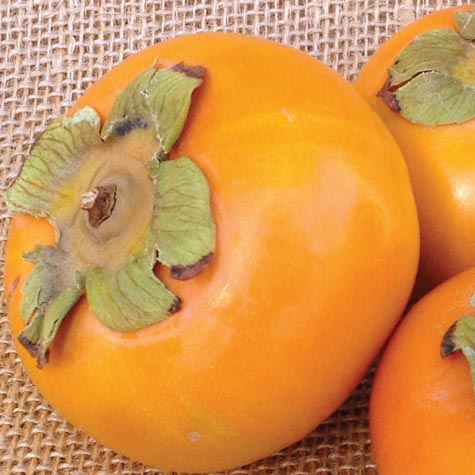
Persimmons
Two distinct varieties of persimmons are Fuyu and Hachiya. Fuyus can be eaten raw. They are great added to your favorite salad. Hachiyas must be soft and pudding-like, and are best cooked. Add to stews, pies or jams. Store both varieties at room temperature as refrigerating will result in chill damage quickly. recipes »
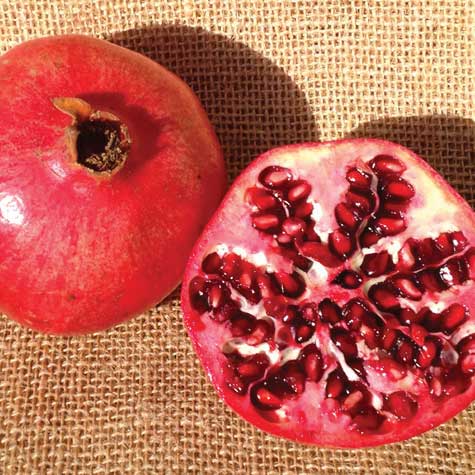
Pomegranates
Pomegranates keep well at room temp. The arils (seeds) should be refrigerated in an airtight reusable storage container. One medium pomegranate should yield 1/2 to 3/4 cup of arils or 1/2 cup juice. Juice will stain, so protect your skin and clothing. Pomegranate pairs well with tart apples, sharp cheeses, mint and basil. recipes »
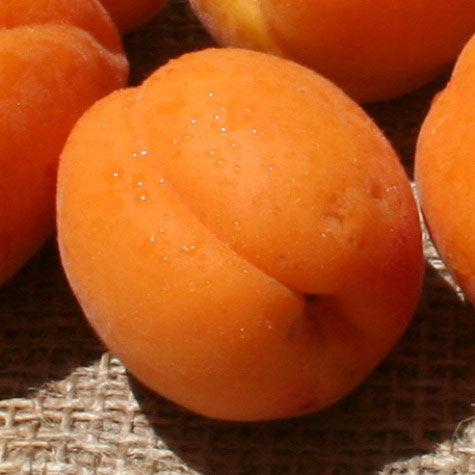
Stone Fruits
Nectarines, Apricots, Peaches, Plums, Pluots: Ripen stone fruits on the counter. On warm days, they will ripen very quickly, so keep an eye on them. A sweet flowery smell means they are ripe and should be eaten or stored in the crisper in the fridge. Wash right before eating. Enjoy served with yogurt or baked in pies. recipes »
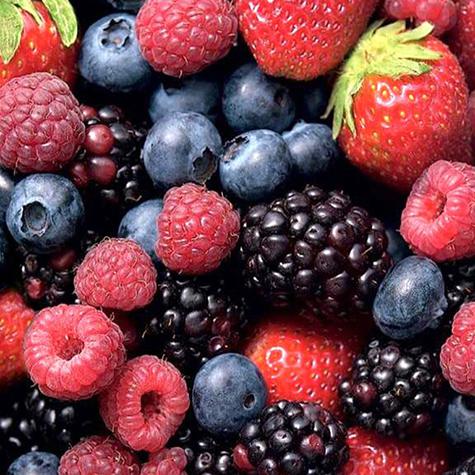
Berries and Cherries
Fresh berries are highly perishable and should be handled with care. They are best eaten right away. Store them uncovered in the coldest part of the fridge. Do not wash them until ready to use. Berries are great cooked in pies and muffins, or added to smoothies or fruit salads. recipes »
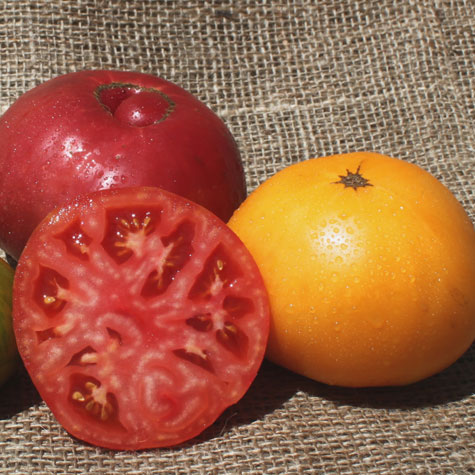
Tomatoes
Tomatoes ripen off of the vine, so keep an eye on them. Store stem-side down on the counter, never in the fridge, as they will turn mealy. Heirloom and cherry tomatoes come in a variety of shapes, colors, textures and flavors. Salt enhances sweetness and acidity. Slice and serve with a drizzle of olive oil and vinegar. recipes »
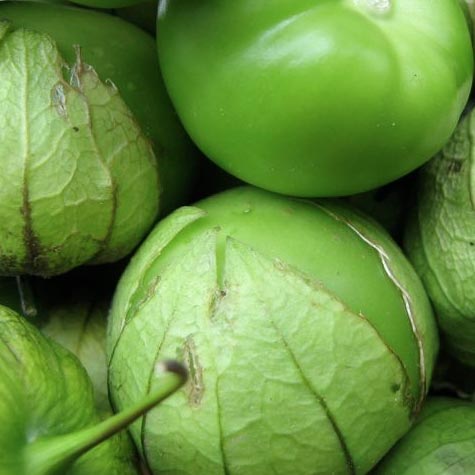
Tomatillos
Store tomatillos with their husks still on in a paper bag in the fridge. Before use, remove the husks and rinse off the sticky residue. Tomatillos can be eaten raw in salads, but are more commonly cooked to mellow their flavor and bring out their sweetness. They can be roasted or grilled, then puréed to make Salsa Verde. recipes »
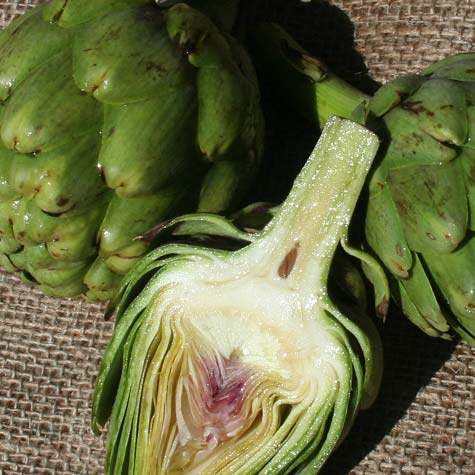
Artichokes
Store artichokes unwashed in an airtight storage container in the fridge to retain moisture. To prepare, trim a little off the stem and about 1-inch off the tip of the artichoke. Steam until leaves can be easily pulled from the artichoke. To eat, scrape the leaf between your teeth. recipes »

Arugula
Arugula is best kept by washing immediately, drying thoroughly, wrapped loosely in a paper towel and stored in the fridge in a reusable storage container. The clean, sharp flavor of arugula pairs well with sweet peaches or pears in a salad, or cooked with other leafy greens. recipes »

Asparagus
Store loosely wrapped in a damp paper towel in the crisper drawer of the fridge. To prepare, trim the woody parts off the end of the stems. Steam, roast or sauté until tender. Asparagus makes a tasty side but is also a great addition to pastas or stir-fries. Avoid overcooking. recipes »
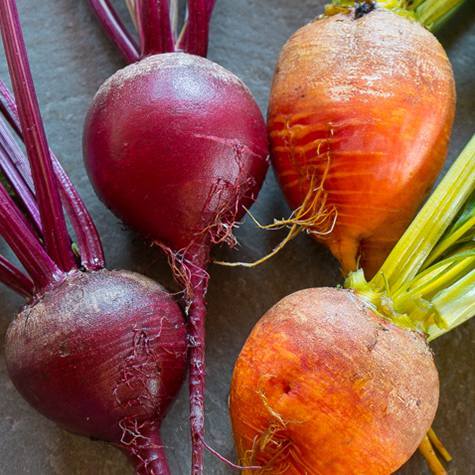
Beets
The greens should be removed immediately (leaving about 1-inch of the stem) to prevent moisture loss. Store in the fridge. Wash just before cooking. Beet juice can stain, so wear protective gear when handling. Peel after they’re cooked. Beets pair well with citrus and fennel. recipes »
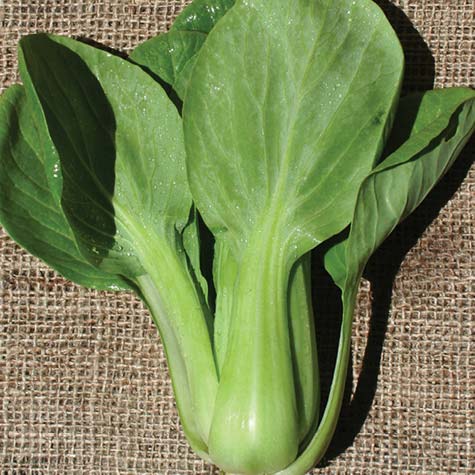
Bok Choy
Wrap bok choy in a damp towel and place in a reusable container. Keep in the crisper drawer of the fridge. Do not wash until right before use. Baby bok choy is enjoyable in stir-fries, with noodles and in soups. Try them braised, grilled or even raw in a salad or slaw. recipes »
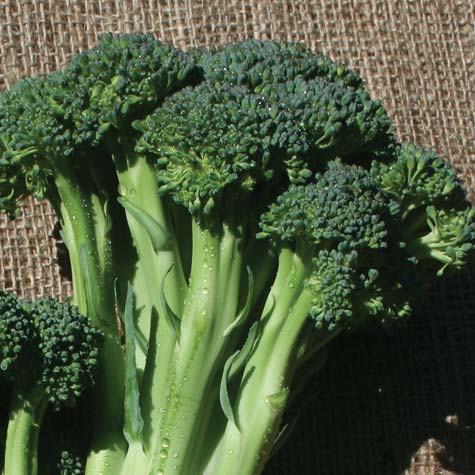
Broccoli
Wrap broccoli in a damp towel and store in the fridge. Don't wash until right before use. Don't wrap too tightly or keep in a sealed container because broccoli needs air flow to stay fresh. Broccoli can be eaten raw or cooked. Try making it into a pesto or steam it and serve over creamy polenta. recipes »
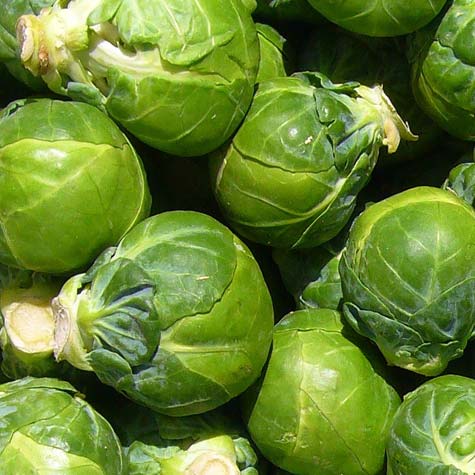
Brussels Sprouts
Brussels sprouts should be stored unwashed in a reusable container in the fridge. Remove any damaged outer leaves, trim the stem end and cut a shallow "x" in the base to allow for even cooking. Brussels sprouts are delicious when simply sautéed, roasted or steamed. recipes »

Cabbage
Store cabbage in the crisper drawer in the fridge. Once cut, store in an airtight reusable storage container. Cabbage can be enjoyed raw in slaws, braised or added to soups. For cabbage steaks, cut cabbage vertically into thick slices, rub both sides with olive oil and garlic, season and roast until the edges are crispy. recipes »
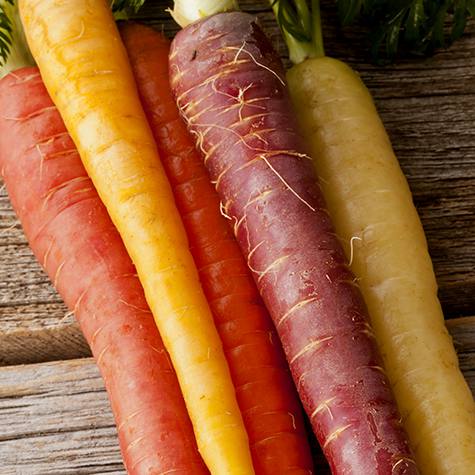
Carrots
Remove the tops as soon as possible because they pull moisture and nutrients from the root. Store tops and roots separately in reusable containers unwashed in the fridge. Before using, wash thoroughly. If they become limp, revive in a bowl of ice water. Carrots are great for homemade stocks, stews, slaws, cakes or muffins. recipes »
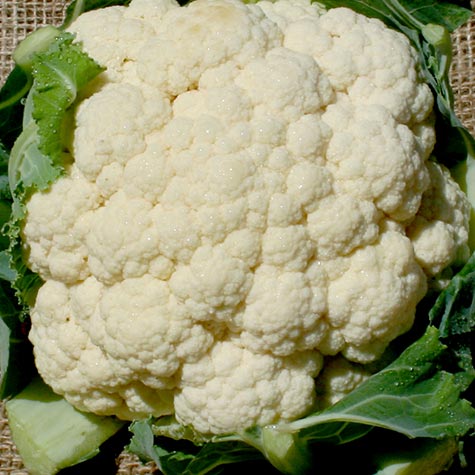
Cauliflower & Romanesco
Store unwashed and tightly wrapped in the fridge. Enjoy raw or cooked. Try roasting it whole. Just rub generously with olive oil and seasonings and roast at 400°F for 30-45 minutes or until edges are golden brown and the inside is fork-tender. Romanesco can be prepared any way you would regular cauliflower. recipes »
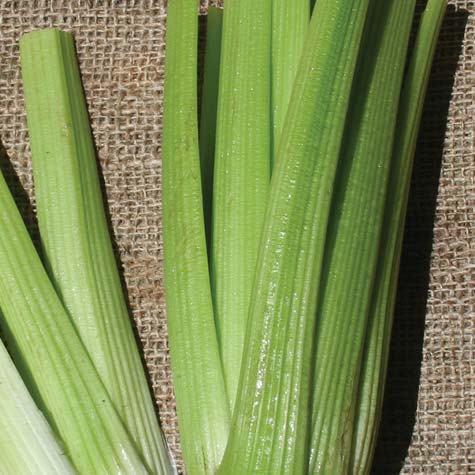
Celery
Leave the ribs attached to the stalk until you are ready to use. Store in a reusable container lined with damp paper towels in the fridge. Celery doesn't freeze well because it gets mushy when thawed (however it can be used in cooked dishes). Chop and use in salads or stir-fry. recipes »

Corn
Corn is best eaten right away. Store ears in a paper bag in the fridge. Remove husks and silk just before eating. Grill, steam or boil corn on the cob. Grill it up, add kernals to salads, salsas, soups or chowders. To freeze kernels: blanch, chill in a single layer, then freeze in a reusable container. recipes »
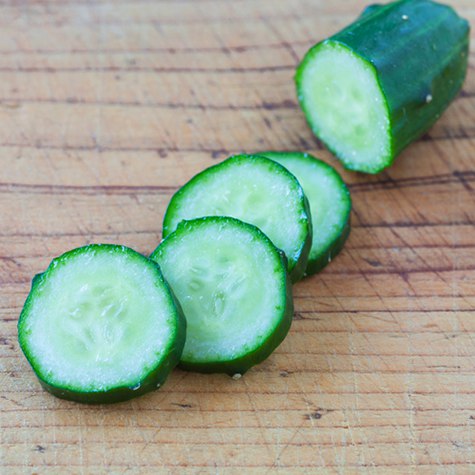
Cucumbers
Store cucumbers, unwashed, in a reusable container in the fridge. Once cut, store tightly wrapped in the fridge. Before use, scrub clean. The peel can be kept on, or removed. Cucumbers are tastiest served raw. Enjoy in salads, with a dip, or add to water for a refreshing drink. recipes »
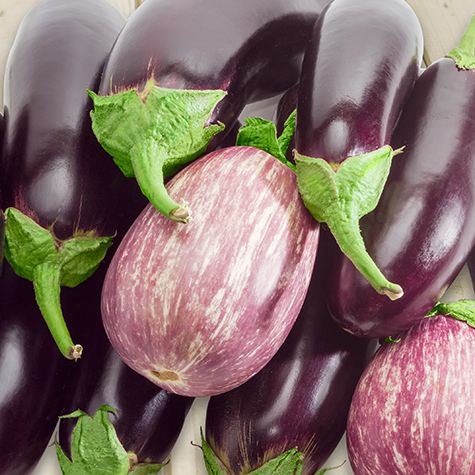
Eggplant
Eggplant is very perishable so handle with care and eat right away. Store unwashed in the fridge. Its sponge-like texture absorbs oil quickly, so you "sweat" your eggplant first. Just slice it, salt generously and let sit for 1 hour. Rinse thoroughly, remove excess moisture with a towel, then bake, stew, roast or grill. recipes »
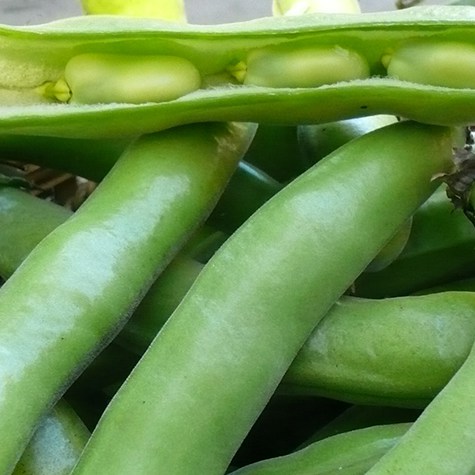
Fava Beans
Keep fava bean pods in the fridge in a reusable container. To prepare, remove beans from pods by breaking off the tips and pulling along the length of the pod. Next, remove the waxy skin by blanching, letting them cool, and peeling away from each bean. They pair well with earthy flavors like mushrooms, onions and asparagus. recipes »
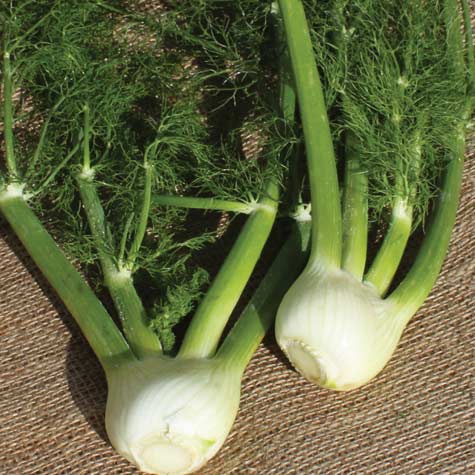
Fennel
Remove fronds from the bulb and store unwashed in separate reusable containers in the fridge. Wash thoroughly before use. Trim bottom 1/4-inch off the bulb and cut out the tougher core from its center. Fennel can be served raw in salads. Cooking mellows the texture and flavor. Fronds can be used as a garnish or in stocks. recipes »
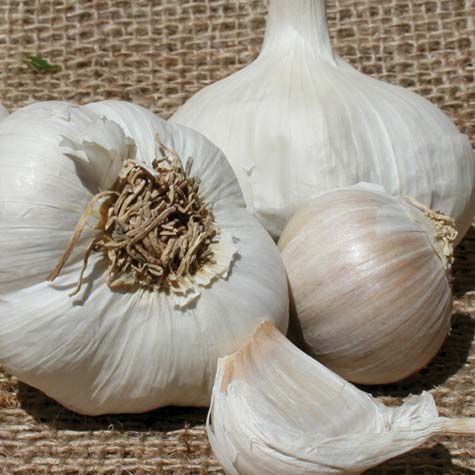
Garlic
Store whole heads of garlic in a cool, dry, place with good ventilation. Refrigerate peeled garlic in an airtight reusable storage container. Crushed or pressed garlic releases more flavor than sliced or whole. Enjoy garlic raw or cooked. Garlic is a common seasoning used in everything from soups to sautées. recipes »
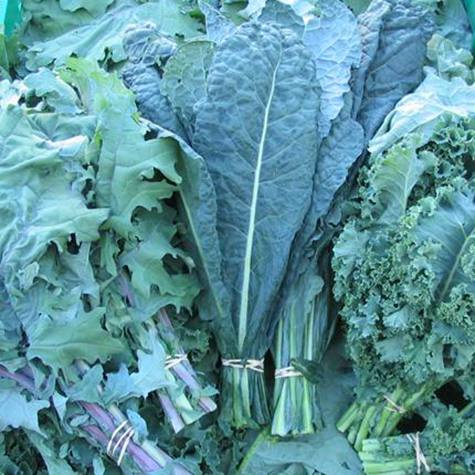
Greens
Chard, Collard, Kale, Mustard: store best when washed and thoroughly dried first. Keep in the fridge wrapped in damp paper towels in a reusable storage container. For greens with tough stalks, remove them and use in stocks or simply sauté. Greens are great in salads, smoothies, pesto, soups or sautés. recipes »
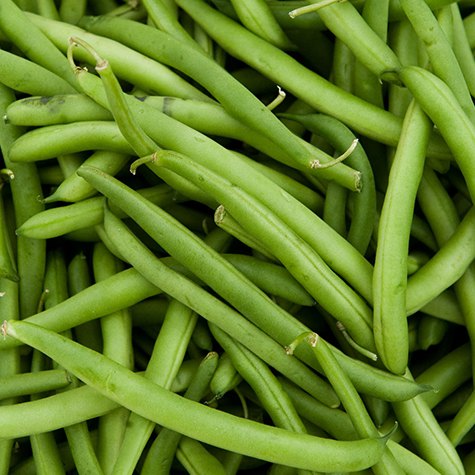
Green Beans
Store fresh green beans unwashed in a reusable container in the crisper drawer of the fridge. Wash before eating. Remove both ends by snapping off or cutting with a knife. Do not overcook. Steam just until tender-crisp. To freeze, blanch first, then let cool before freezing. recipes »

Jicama
Store in the fridge, free from moisture. Wash well, remove any stringy roots and peel the skin before using. Jicama is can be eaten raw, sautéed or roasted. Keep cooking time to a minimum to keep its desired crisp texture. Jicama's unique nutty flavor and crisp texture is a great addition to salads and stir-fries. recipes »
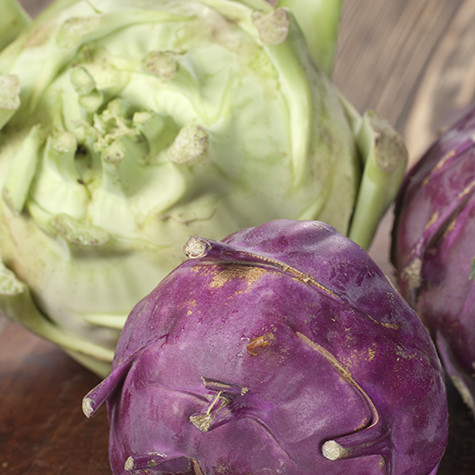
Kohlrabi
Remove the stems and leaves and store separately from the bulb in reusable containers in the fridge. Before eating, use a peeler to remove the tough outermost layer of the bulb. Raw kohlrabi is slightly sweet, yet peppery and is great in salads or made into a slaw. Try kohlrabi roasted, steamed or added to soups. recipes »

Leeks
Store leeks wrapped in a damp cloth in the crisper drawer of the fridge. Clean leeks thoroughly before use! Most recipes call for the white and light green portion of the stalk. Leeks can be cooked whole or chopped and added to salads or soups. Leeks are very versatile, but roasting and braising brings out the best flavor. recipes »
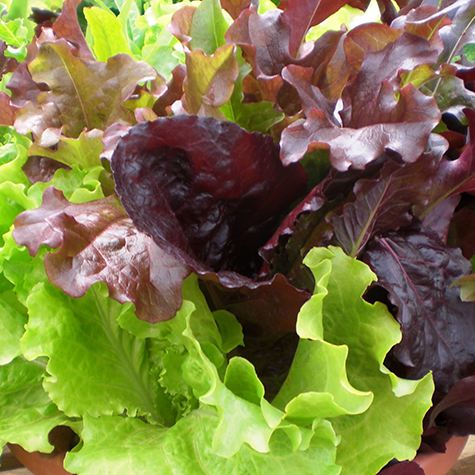
Lettuce
Wash and thoroughly dry before storing in a reusable storage container in the coolest part of the fridge. If it becomes limp, revive in a bowl of ice water. Other uses for lettuce besides salad - add to smoothies, make lettuce soup, use leaves as a wrap or add to stir-fries. recipes »

Mushrooms
Store mushrooms in the fridge in a well ventilated area. To clean fresh mushrooms, gently brush with a clean cloth. Never soak fresh mushrooms in water, as they quickly absorb water and become soggy. Mushrooms pair especially well with asparagus, leeks, lemon, garlic, shallots, onions and fennel. recipes »
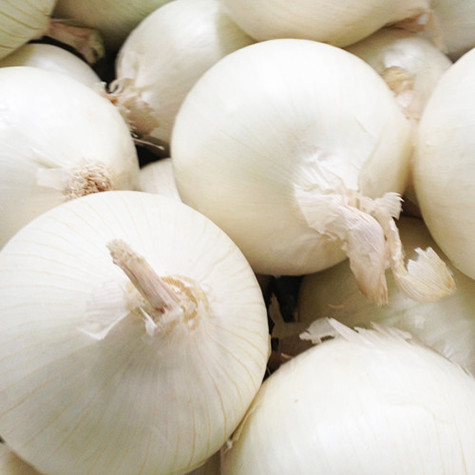
Onions
Keep in a cool, dry place away from moisture with plenty of ventilation. Cut onions in half from root-end to stem-end to maintain their shape. To sauté, cook over a low heat to maximize the flavor. Onions can be eaten raw or baked, boiled, braised, fried, grilled or roasted. recipes »
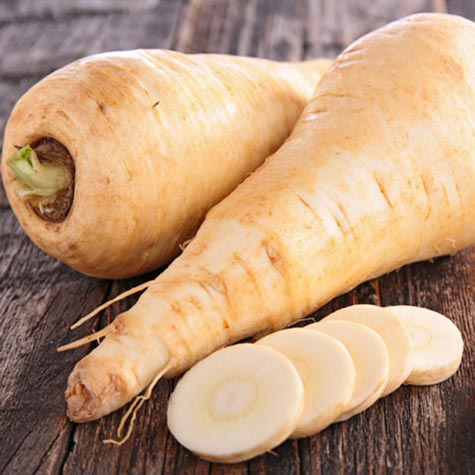
Parsnips
Store unwashed in an airtight reusable container in the crisper drawer of the fridge. Larger parsnips may have a tough, fibrous core that should be removed before eating. Parsnips' earthy-yet-sweet flavor pairs well with other root veggies and are perfect in hearty winter dishes. recipes »

Peppers
Store fresh, whole, sweet or hot peppers in a reusable container in the fridge. Wash just before using. The seeds and ribs inside hot peppers are what give them their fiery spice. Wash hands thoroughly, or use gloves when preparing hot peppers. Enjoy raw or cooked. Peppers are a great addition to salsas and soups. recipes »
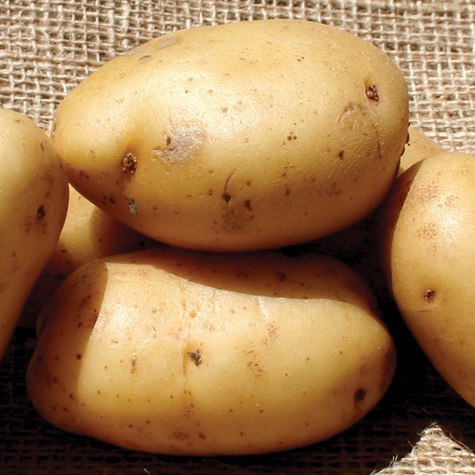
Potatoes
Do not refrigerate or wash until ready to use. Store in a cool, dark, dry place to reduce sprouting. If they sprout, cut them off before cooking. To avoid discoloration of cut potatoes, store in cold water, and add lemon juice. Most cooking methods can be used to prepare potatoes. recipes »
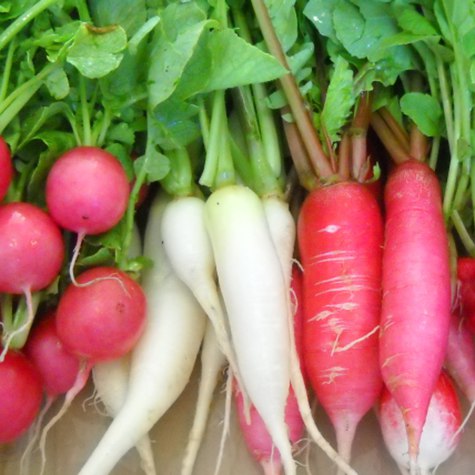
Radishes
Like carrots, remove the tops as soon as possible and store separately in an airtight reusable container in the fridge. The tops can be added to salads or sautéed. Wash and trim root ends just before use. Raw or pickled radishes are peppery, yet cooked radishes are sweet. recipes »
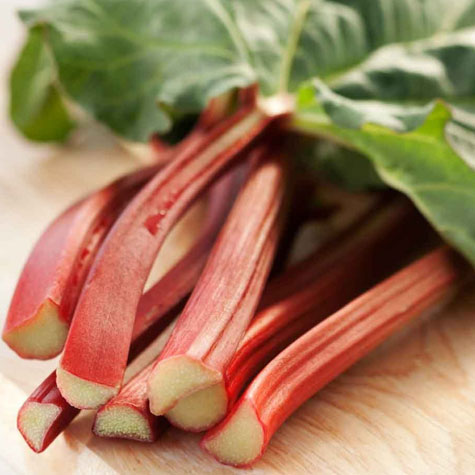
Rhubarb
Store whole rhubarb stalks, without washing, in a crisper drawer in the fridge. Store chopped rhubarb in a re-sealable container in the fridge. While rhubarb is often too tart to eat on its own, it is an ideal choice for pies, crisps, quick breads and sorbets. recipes »
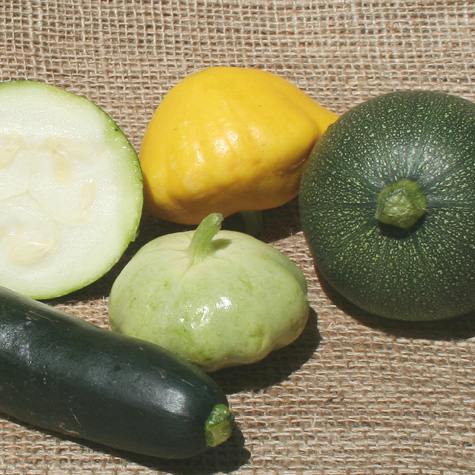
Squash, Summer
Summer squash have very thin skins, so handle with care. Store unwashed in an airtight container in the fridge. Wash and remove both ends before using. Grilling, steaming and sautéing are the most common cooking methods, but can also be served raw. Try baking your squash with your favorite stuffing mixture. recipes »
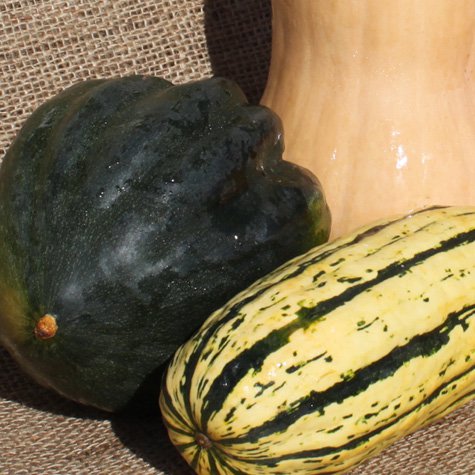
Squash, Winter
Store winter squash in a cool, dry, dark, well ventilated location. Once cut or cooked, store in the fridge in an airtight reusable container. Remove seeds before cooking. When baking whole, pierce the rind with a knife in several places first. Use winter squash for anything from soup to pasta and even dessert. recipes »
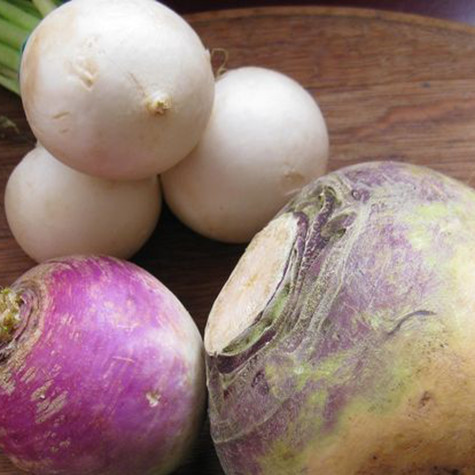
Turnips
Remove tops and store separately in airtight reusable containers in the fridge. Wash thoroughly. Trim root ends and peel just before use. Try raw turnips in a slaw or as a salad garnish. Serve cooked mashed with potatoes or roasted with other root vegetables. Turnip tops can be added to soups or stews. recipes »
Tip: Revive Wilted Greens
Wilted: Submerge wilted greens into a bowl of cold water and place in refrigerator for 12 hours or until ready.
Revived: Gently shake off excess water, pat dry and place into a container. Keep refrigerated until use.






